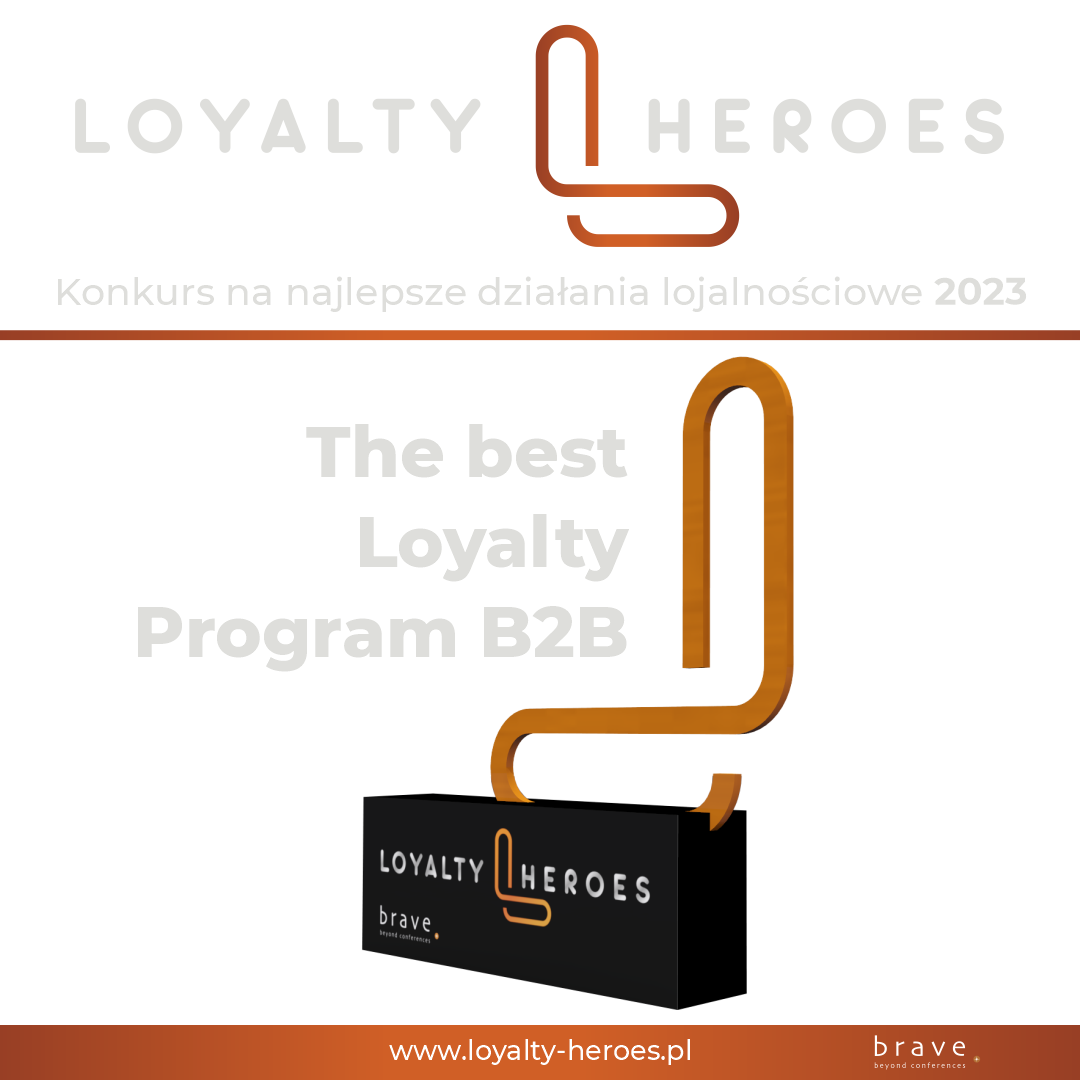Gamification only for big companies? Not necessarily...
JAs mentioned many times before, gamification came through like a storm into marketing dictionaries and has become the focus of attention for everyone who wants to achieve business goals. The action can be not only a great opportunity to have fun, but also a great element that builds loyalty to the brand and commitment to your job.
Spis treści
- Content itself is not enough
- Gamification in small businesses
- Objective of gamification
- How do the others do it?
Content itself is not enough
Providing valuable content for your clients is a significant element of any marketing strategy. Important, but not sufficient. Facing constant competition and sustained media buzz, recipients readers/ end users turn their attention only to outstanding actions which appeal to their emotions. At present, gathering even the best quality materials is not enough to engage the target audience and encourage them to perform certain activities. One needs to provide them with emotions related to competition. Gamification works well in this role, which can bring tangible benefits, including material ones.
Gamification in small businesses
Due to the necessity to prepare detailed possible operational scenarios and legal aspects of the organization gamification appears to be only reserved for large enterprises that can allocate the necessary resources and enjoy the right competences. Nothing can be more deceptive. This kind of game will also prove successful for small business entities, and its organization, in the absence of appropriate knowledge, can be outsourced to external specialized units, such as Motivation Direct. A small company is an ideal place for this type of activity. Due to the limited number of employees or the local reach of products, the results of the steps taken will be visible even after a few days.
Objective of gamification
Gamification uses the natural need of a human being to play and transforms the contact with the brand into an engaging process, the crowning of which is to create a sense of loyalty. The effect is strengthened by the principle of competition, which has always been embedded in human nature. The process uses game-related mechanisms to induce motivation and increase the effectiveness of interactions and allows you to transform experience derived from contact with the brand into enjoyable experiences encouraging further contacts. Where can this type of action be used? The ultimate purpose of gamification depends solely on the creativity of the authors. It can be used both to intensify customer loyalty and to increase employee engagement within the company. It is able to improve morale, but also to maintain a constant readiness for developing competences.
How do the others do it?
The beginning of gamification goes back to the 70’s when such activities were noted to be a good way to build engagement within the company as well as among the brand's clients. Since then strategies of its organization and socio-legal conditions have undergone many transformations. Nevertheless, the principles of its operation remain the same - creating an attractive proposition, which will encourage clients to build a long-term relationship with the brand using play mechanisms. While seeking inspiration, it is worth looking into projects implemented so far. PZU and its "Inspiratorium Menedżer 2.0" program can serve as a good example. The activity was aimed at increasing employees' competences and was about encouraging them to study actively. To meet this goal, a special educational platform was prepared, where one could earn points and gain prizes. The idea turned out to be a true success and quickly resulted in increasing competences of hundreds of employees.




